Optimal Water Treatment Timing

Spring is ideal for initiating water treatments to prepare for warmer months and increased usage.
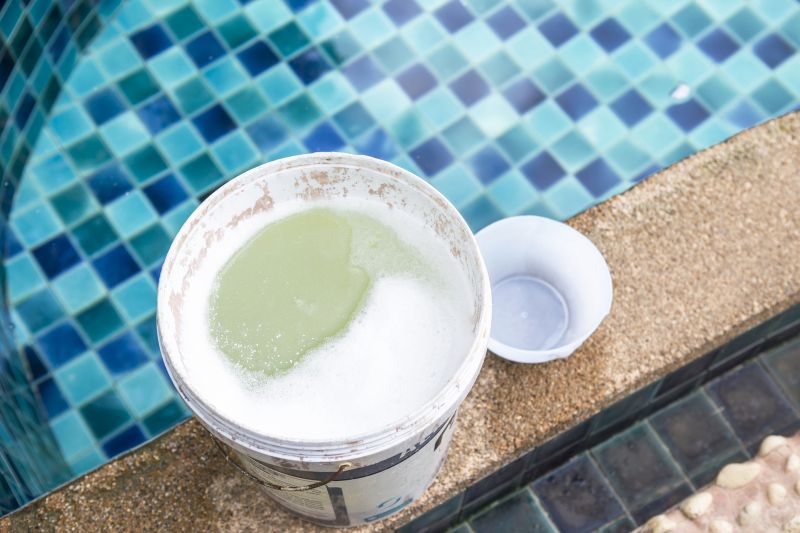
Mid-summer treatments help maintain water quality during peak usage periods.

Fall treatments focus on preparing water systems for lower temperatures and ensuring efficiency.
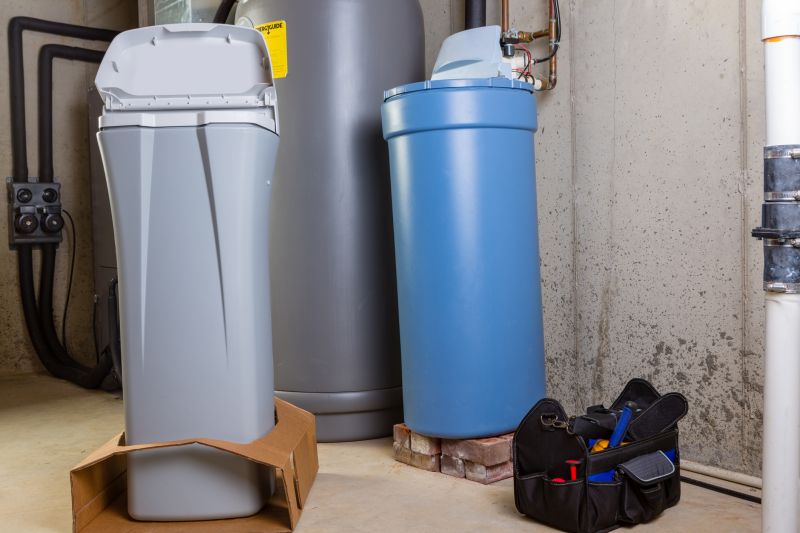
Ways to make Water Treatments work in tight or awkward layouts.
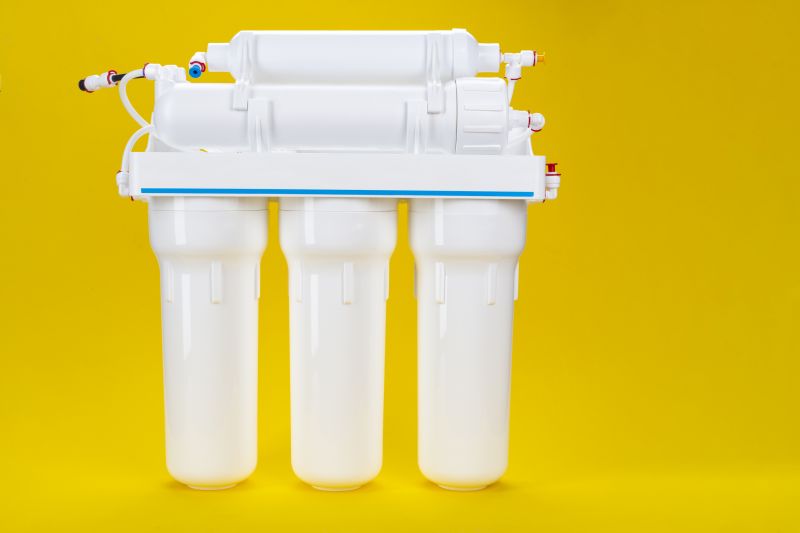
Popular materials for Water Treatments and why they hold up over time.
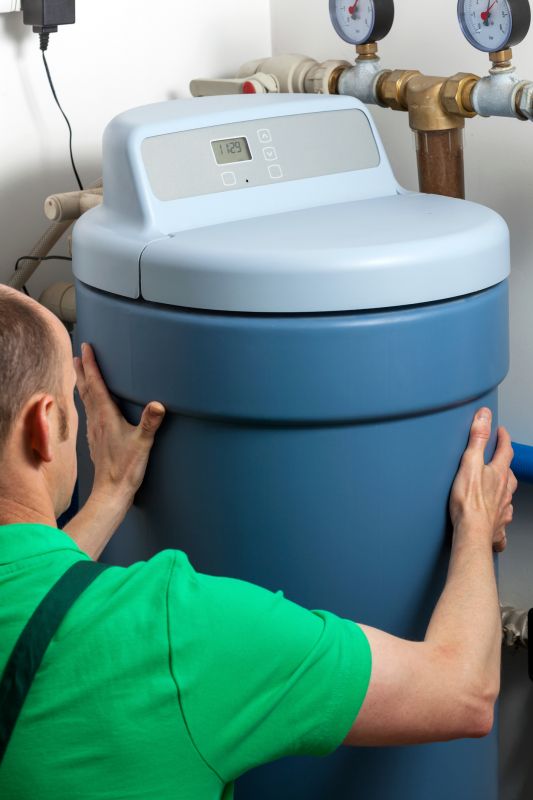
Simple add-ons that improve Water Treatments without blowing the budget.
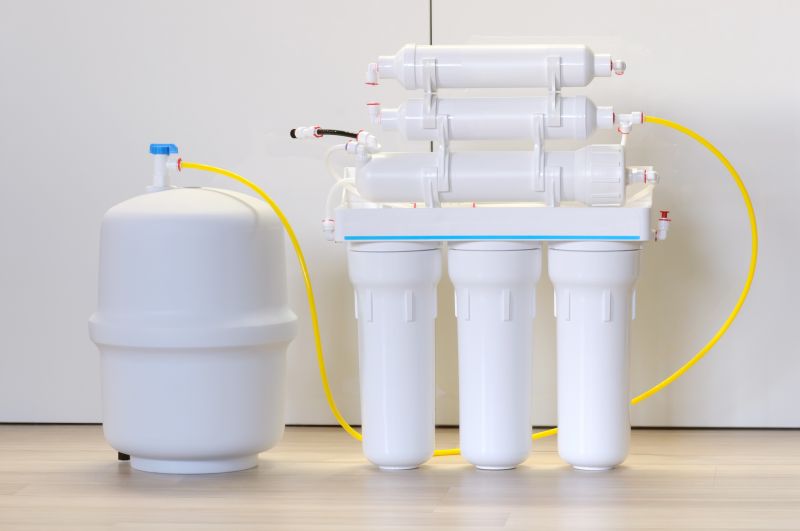
High-end options that actually feel worth it for Water Treatments.
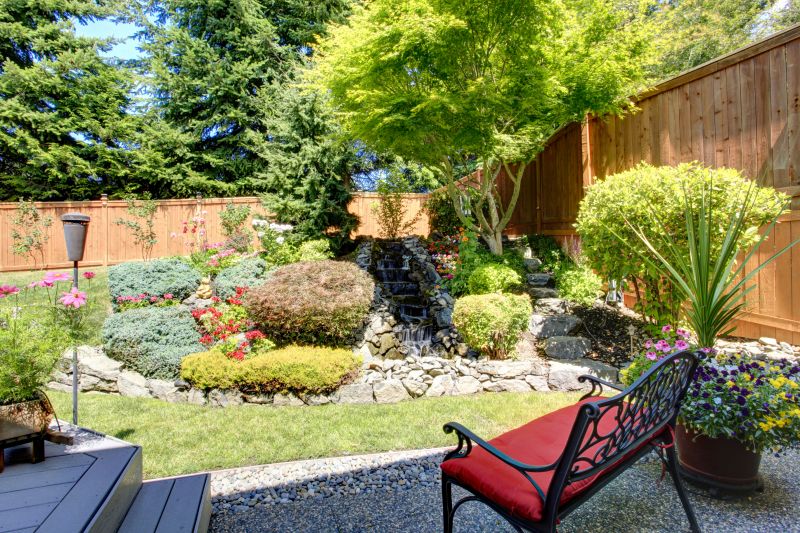
Finishes and colors that play nicely with Water Treatments.
Water treatments involve processes that improve water quality by removing contaminants, balancing chemical levels, and preventing buildup of harmful substances. Proper timing of these treatments ensures optimal water clarity, safety, and system longevity. Seasonal adjustments are essential to address changes in water demand and environmental conditions, with specific treatments recommended for different times of the year.
Statistics indicate that regular water treatments can reduce the incidence of waterborne illnesses by up to 80 percent and extend the lifespan of plumbing infrastructure. In residential settings, routine treatments help maintain consistent water pressure and quality, while in commercial environments, they ensure compliance with health standards and operational efficiency.
Adjusting treatment frequency based on seasonal changes helps maintain optimal water quality year-round.
Discolored water, foul odors, or unusual tastes indicate the need for immediate water treatment.
Common treatments include filtration, disinfection, and chemical balancing.
Timely treatments prevent buildup, reduce maintenance costs, and improve water safety.

Advanced filtration systems remove sediments and impurities.

Chemical dosing units help maintain water chemistry.
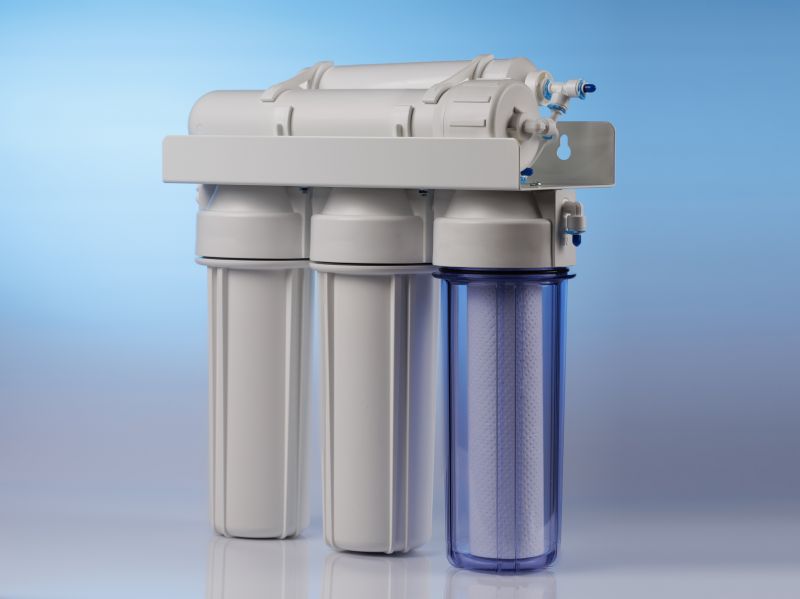
UV and chlorination units eliminate pathogens effectively.
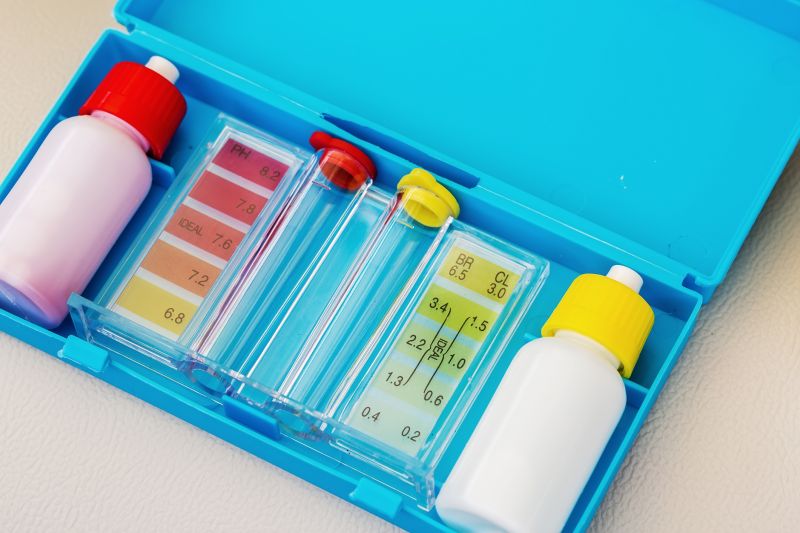
Regular testing ensures water quality standards are met.

Commercial water treatment facilities handle large-scale purification.
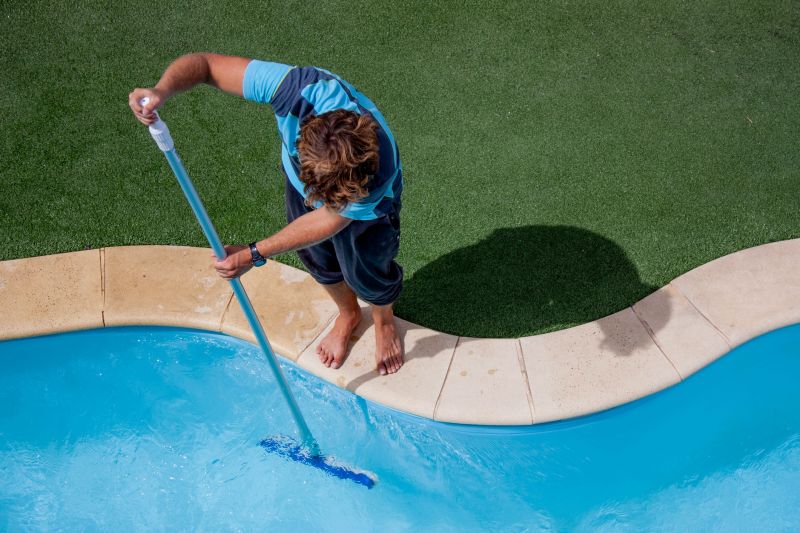
Proper treatments keep pool water safe and clear.

Specialized systems address industrial contaminant removal.
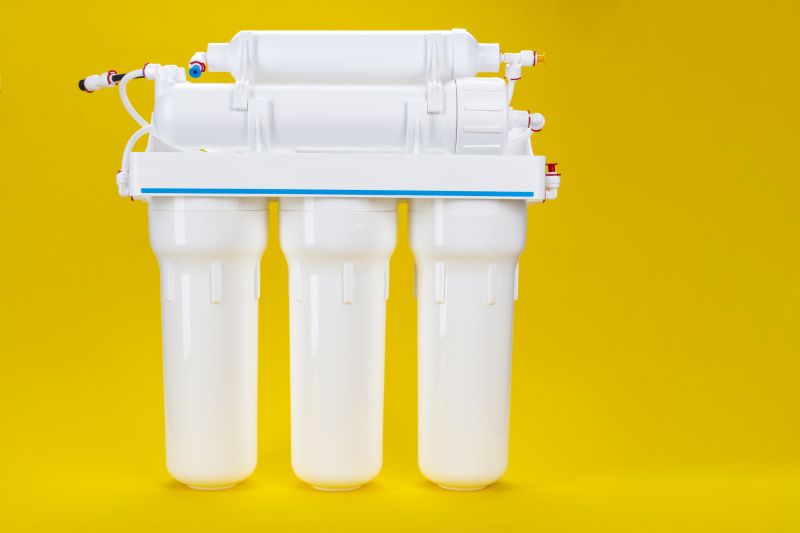
Softening units prevent scale buildup and improve appliance lifespan.
| Season | Recommended Treatments |
|---|---|
| Spring | Pre-summer disinfection, system flushing, chemical balancing |
| Summer | Regular filtration, pathogen control, chemical adjustments |
| Fall | System cleaning, winterization preparations |
| Winter | Minimal treatments, system protection from freezing |
| Year-round | Routine testing, filter replacement, chemical monitoring |
Understanding the optimal timing for water treatments enhances system performance and water safety. Properly scheduled treatments reduce the risk of contamination, improve water clarity, and extend equipment lifespan. Consulting with water treatment professionals can help determine the best schedule tailored to specific needs and seasonal variations.
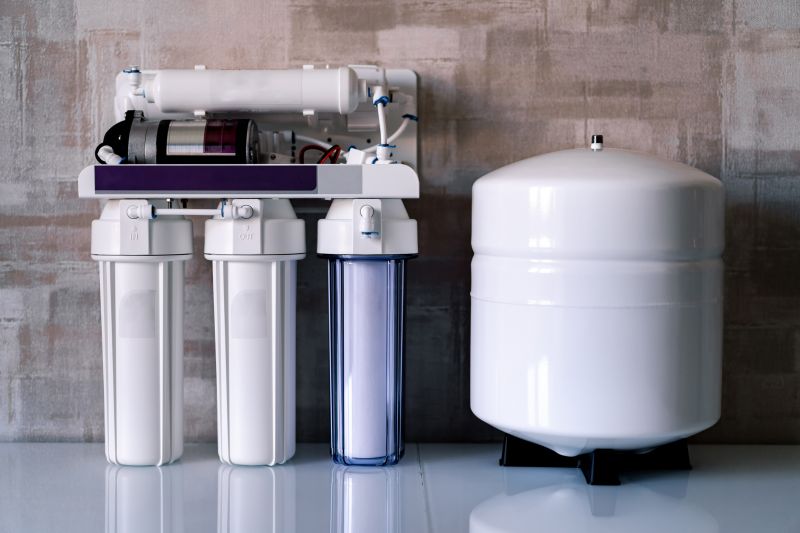
A comprehensive system for removing impurities and pathogens.
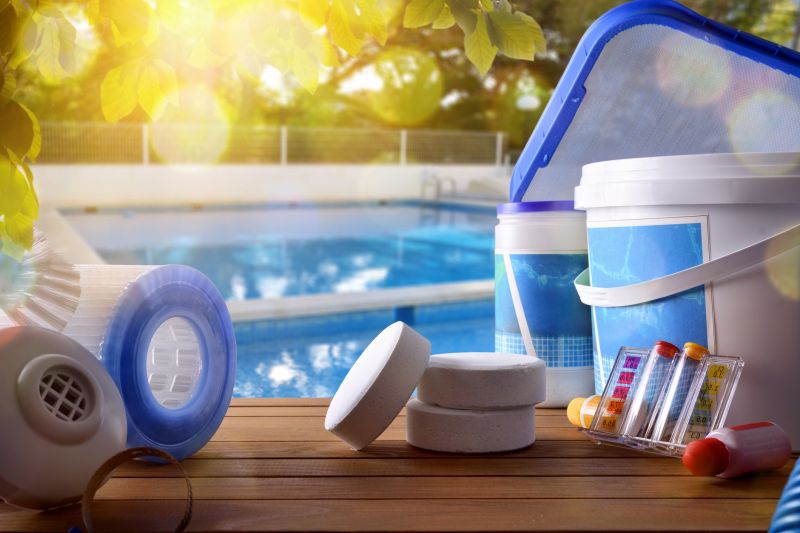
Ensures water chemistry remains within safe and effective ranges.
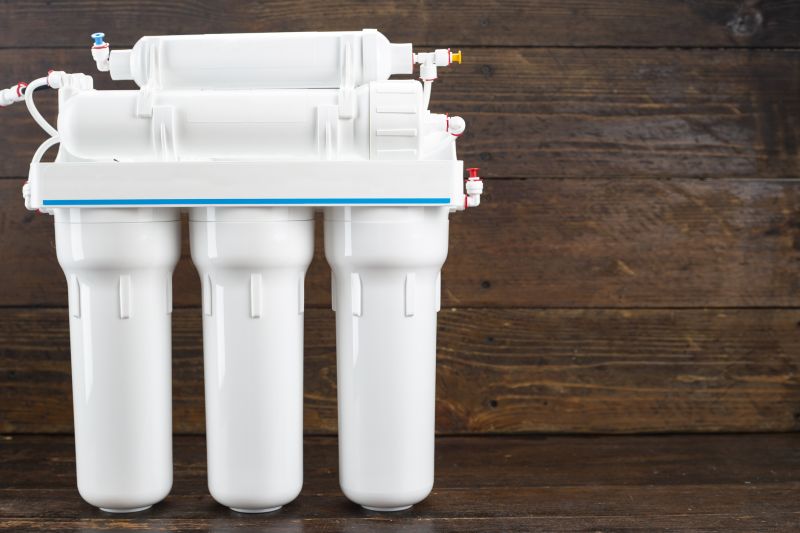
Captures sediments and improves water clarity.
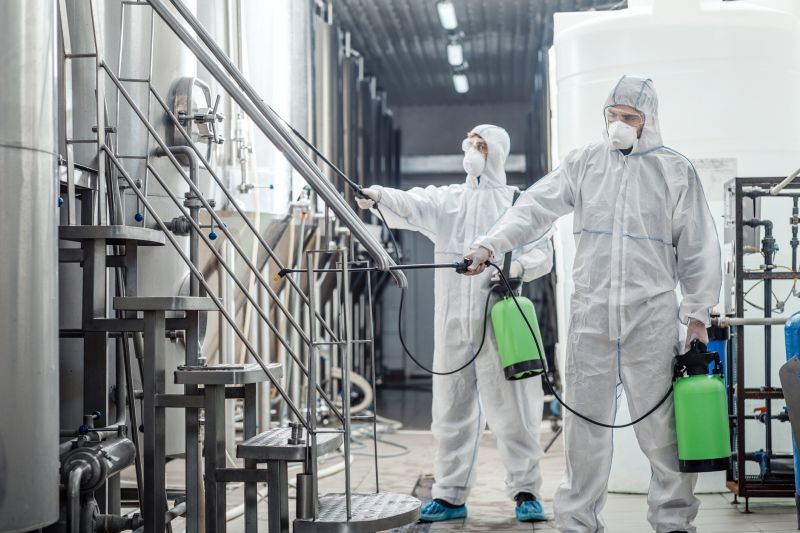
Eliminates bacteria and viruses for safe water.
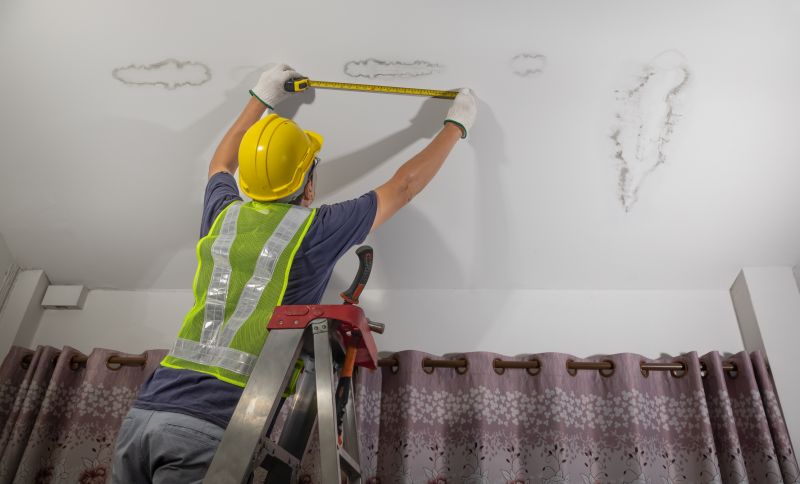
Little measurements that prevent headaches on Water Treatments day.

A 60-second routine that keeps Water Treatments looking new.
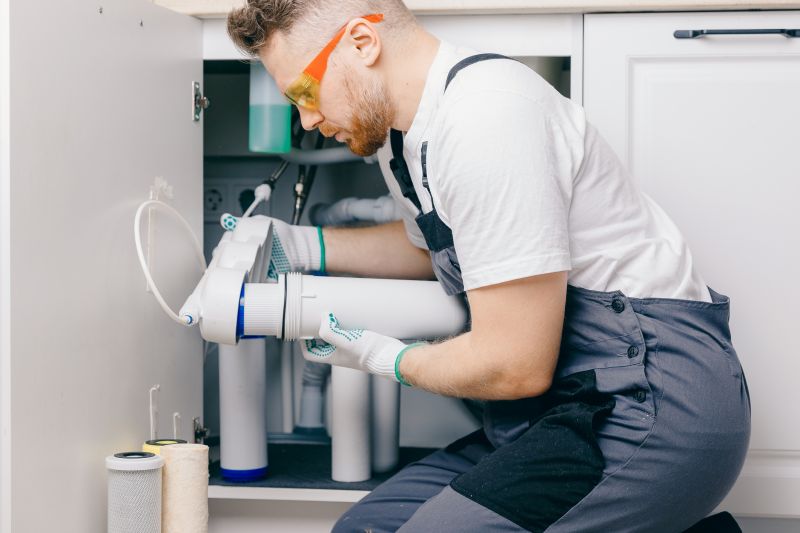
A frequent mistake in Water Treatments and how to dodge it.

Small tweaks to make Water Treatments safer and easier to use.
Interested in scheduling water treatments or learning more about maintaining water quality? Filling out the contact form provides an opportunity to receive tailored recommendations and professional assistance for optimal water system performance.

